Service level agreements (SLAs) have long been a cornerstone of many business practices. With digital experience becoming the most important metric in IT, however, organizations are now shifting from SLAs to experience level agreements (XLAs).
Service level agreements (SLAs) have long been a cornerstone of many business practices because they set the expectations between a service provider and the user or customer. With digital experience becoming the most important metric in IT, organizations are now shifting from SLAs to experience level agreements (XLAs).
What Is an SLA?
An SLA describes the services to be delivered in terms of what is required and expected between the parties. SLAs often take into account factors such as:
- Performance and accuracy
- Timeliness (for example, response time)
- Availability such as uptime and downtime
- Service hours and type of support expected
These agreements also indicate how the service level will be measured and what happens in the case of SLA breaches.
Benefits of SLAs in IT Service Management
A service level agreement benefits both the service provider and the user because it ensures both parties are on the same page. SLAs help to:
- Establish clear goals
- Set expectations and baselines
- Keep companies accountable
- Ensure timely support
- Make it easier to measure failure and success
There are different types of SLAs. For example, customer SLAs involve a vendor and a customer, while internal SLAs involve parties within an organization, as in the case of a service desk team and the rest of a corporation’s staff.
SLAs are taken into consideration when measuring some of the most popular IT service management (ITSM) metrics. The service desk team might have its expected first contact resolution time specified in an SLA. This metric indicates the time between a user issuing a ticket and a technician taking the first action to address the issue. For example, a help desk might have 12 hours to get back to an employee regarding an inquiry. If the technician takes longer and the target is not met, there’s an SLA breach.
Downtimes Are a Common SLA Breach
Due to their focus on service delivery, SLAs describe what is acceptable in terms of downtime. For example, a service may promise 98% availability a day, but it counts as an SLA breach if an outage takes more than 29 minutes.
SLA breaches resulting in IT downtime impact business key performance indicators (KPIs) because they decrease productivity, create disruption, damage business reputation, and lead to customer loss.
Customer retention is crucial because it is more costly to attract new customers rather than retaining existing ones. According to a survey by Infrascale, 37% of surveyed businesses said to have lost customers due to downtime.
Ways to Optimize Your SLAs
A good strategy is to have specific SLAs for different types of services. For example, creating a new user ID in the system is not the same as ordering and replacing a motherboard. It’s also important to establish SLAs that can be easily tracked and make sense from a business perspective.
Organizations need to understand that meeting SLA metrics is not enough if users or customers are frustrated with the service delivered. This is often referred to as a “watermelon effect” because the performance metrics appear good and green on the surface, but the actual user experience is suffering and red on the inside. A typical example would be an IT department that closes tickets quickly, but it does so at the expense of the user’s satisfaction.
Move Beyond SLAs with XLAs
Organizations are now going beyond SLAs and starting to implement XLAs, too. While SLAs are technology-centric, XLAs are user-centric.
SLAs don’t show how IT is performing from the perspective of employees and the business as a whole. That’s why it’s important to complement them with XLAs and get a better understanding of how employees feel about workplace technology and their organization’s IT support.
XLAs go beyond technical details and tangible outputs described in SLAs. In other words, XLAs give a bigger picture from the user’s perspective. According to Lakeside Software’s recent digital employee experience report, based on commissioned research from ESIThoughtLab, 46% of the surveyed IT staff indicated that the transition from SLAs to XLAs is a high or very high priority for 2021. This growing interest in XLAs reflects the importance of improving digital experience to increase employee productivity and engagement.
Build User-Centric IT Operations with Lakeside
Deploying a digital experience management (DEM) platform helps organizations to build user-centric operations. Endpoint monitoring — a key feature of DEM tools — facilitates the measurement of XLA deliverables.
DEM platforms such as Lakeside Software’s Digital Experience Cloud, powered by SysTrack, collect qualitative data from surveys as well as quantitative data from telemetry. SysTrack quantifies employees’ digital experience through a scoring system — from zero to 100 — to indicate how workplace technology affects the user’s productivity. Lakeside’s intelligent-edge architecture with smart sensors can also help identify and resolve issues before they impact user experience.
Consider the example of LexisNexis, a leading global provider of legal, regulatory, and business information and analytics services. Thanks to Lakeside’s Digital Experience Cloud, LexisNexis has gained deep visibility into its IT environment and created XLAs for the support desk and other business units, such as onboarding and procurement.
LexisNexis uses SysTrack to track about 50 different endpoint metrics to assess performance and service quality. Combined with end-user feedback from surveys and sentiment analysis, the collected data enables LexisNexis to establish baselines and measure the overall digital experience.
“People really appreciate us reaching out to them and helping them improve their experience … before they have to reach out to us.”
Greg Dolphin
Global IT Support Manager at LexisNexis
Subscribe to the Lakeside Newsletter
Receive platform tips, release updates, news and more



